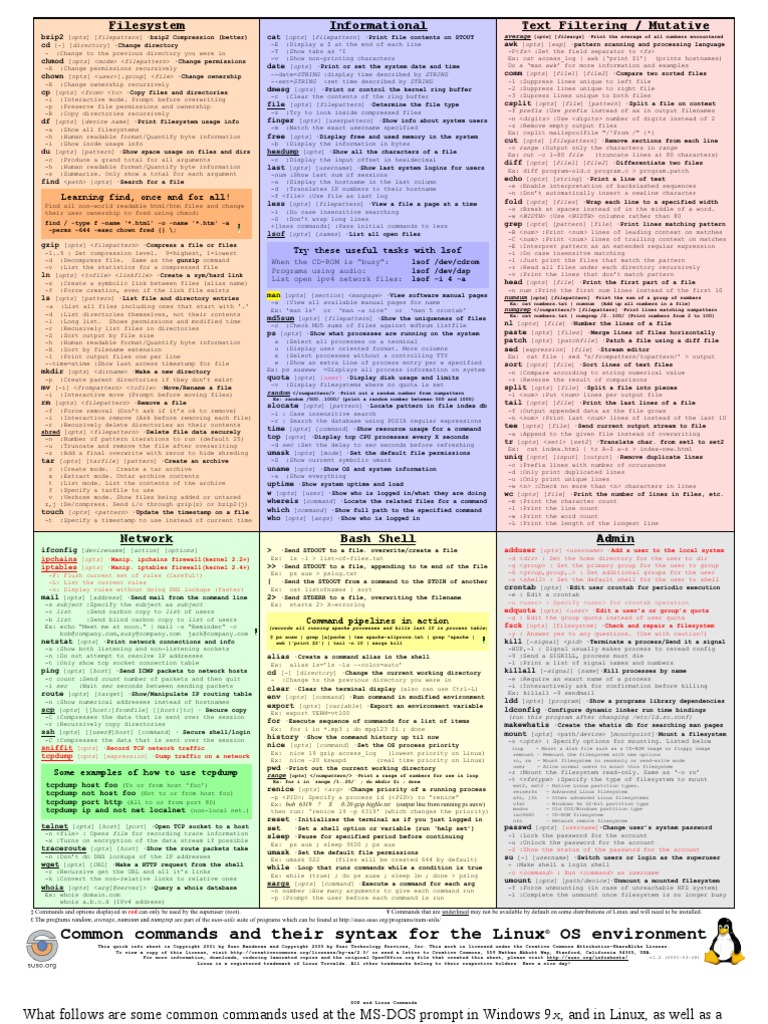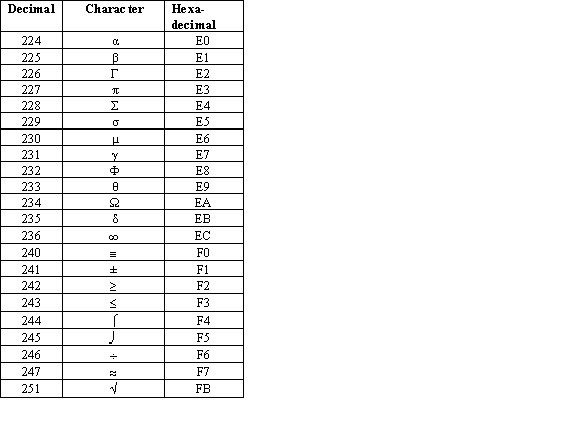
\u00A9 represent the copyright symbol - ©


For example, some character can be encoded with a single byte, other might require two or more bytes.

ISO 8859-1 used for the Western European Languages.ASCII (American Standard Code for Information Interchange): used for the United States.Types of Encodingįollowing are the different types of encoding used before the Unicode system. A character encoding scheme is important because it helps to represent the same information on multiple types of devices. A character is stored using a combination of 0's and 1's. Computer systems internally store data in binary representation.


 0 kommentar(er)
0 kommentar(er)
